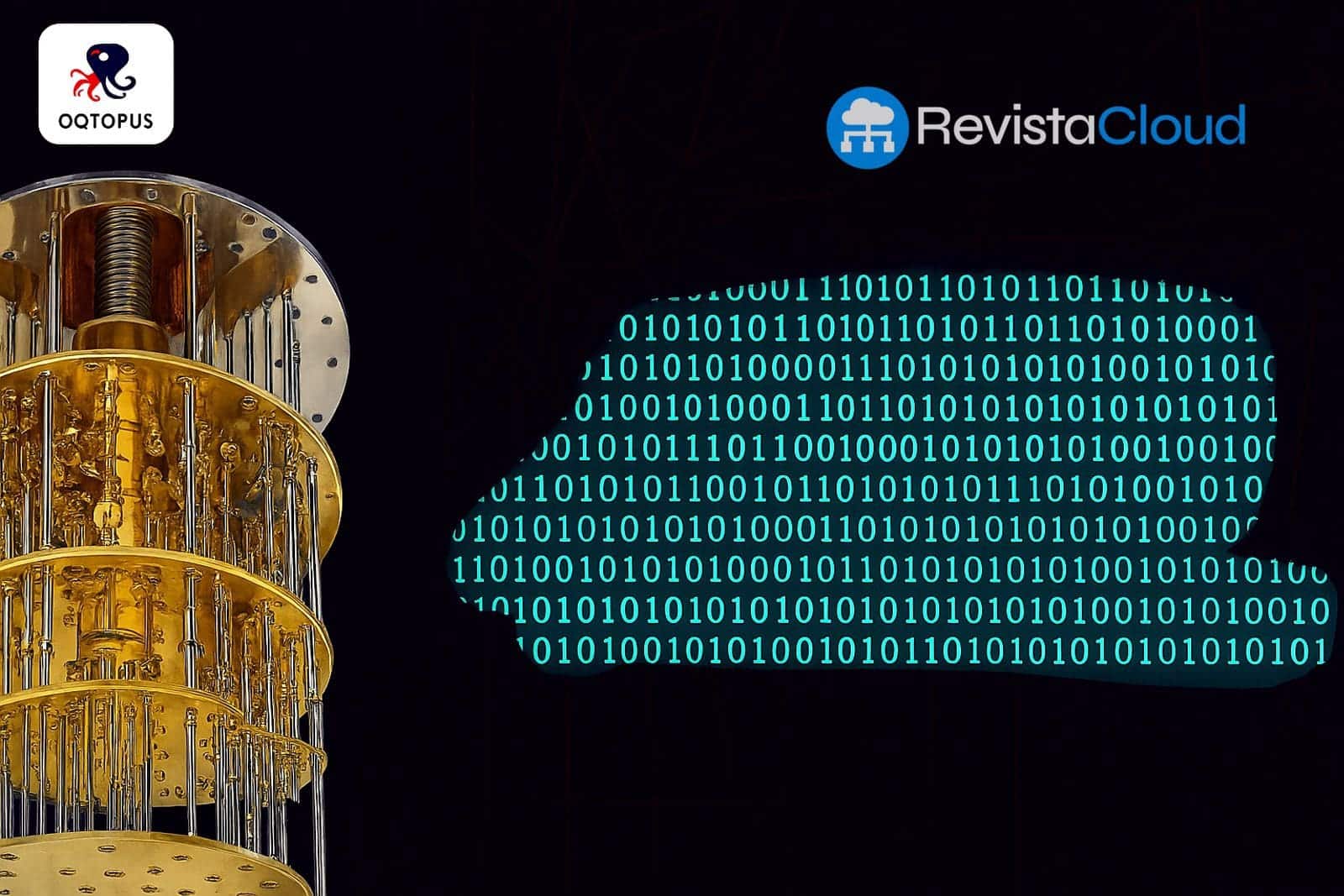Sure! Here’s the translation to American English:
The OQTOPUS initiative drives global collaboration in quantum computing with a completely open software system architecture
Quantum computing is advancing rapidly as one of the great technological revolutions of the 21st century. However, beyond hardware development, one of the most significant challenges is building robust, interoperable, and accessible system software that allows us to harness the potential of these new computers. In this context, OQTOPUS (Open Quantum Toolchain for Operators & Users) is born, an ambitious project aimed at opening up and democratizing the development of the system software necessary for quantum computing.
An Open Quantum Software Architecture
The mission of OQTOPUS is clear: to form an open community that promotes technological innovation in quantum computing through open source. By releasing the entire software stack needed to operate quantum computers, it is expected to facilitate the participation of research institutions, technology companies, and independent developers around the world.
The architecture of OQTOPUS is organized into several layers, each with specific components:
Frontend Layer
- QURI Parts OQTOPUS: converts quantum programs written by the user into a standard generic format (OpenQASM3) and communicates with the cloud for execution.
Cloud Layer
- Web GUI: provides users with visual information about the execution status of programs, results, and the accuracy of quantum chips.
- OQTOPUS Cloud: manages users, jobs, and system data, serving as the core of the infrastructure.
Backend Layer
- OQTOPUS Engine: a platform for executing quantum programs that integrates with the Tranqu server and the Device Gateway. It manages the computation of expected results and error mitigation techniques.
- Tranqu: a universal framework for transpilers that allows the transformation and optimization of quantum circuits, compatible with multiple libraries and formats.
- Tranqu Server: a server that provides transpiler services via Tranqu and is used by the OQTOPUS Engine.
Operation and Monitoring
- QDash: a web dashboard that manages qubit calibration workflows and allows for visual monitoring of execution history. A key tool for the daily operation of a quantum system.
Featured Products from the Ecosystem
Among the components already available as open-source projects are:
- oqtopus-cloud: OSS architecture for cloud quantum computing.
- oqtopus-frontend: web application for interaction with the system.
- tranqu: a modular framework for transpilers and optimization of quantum circuits.
Community and Collaboration
The OQTOPUS proposal goes beyond technology: it fosters an active and collaborative community through platforms like GitHub and channels like Slack, where researchers, developers, and operators are encouraged to participate, propose improvements, and advance together in this emerging field.
Moreover, the project is governed by a strict code of conduct and an open security policy, reaffirming its commitment to transparency and accountability.
OQTOPUS represents a key step towards the standardization and democratization of quantum software, opening the door to an ecosystem where operators and users work together to build the foundations of the quantum digital future. With its modular, interoperable, and community-focused tools, the project marks a milestone in the evolution toward truly accessible, collaborative, and scalable quantum systems.

